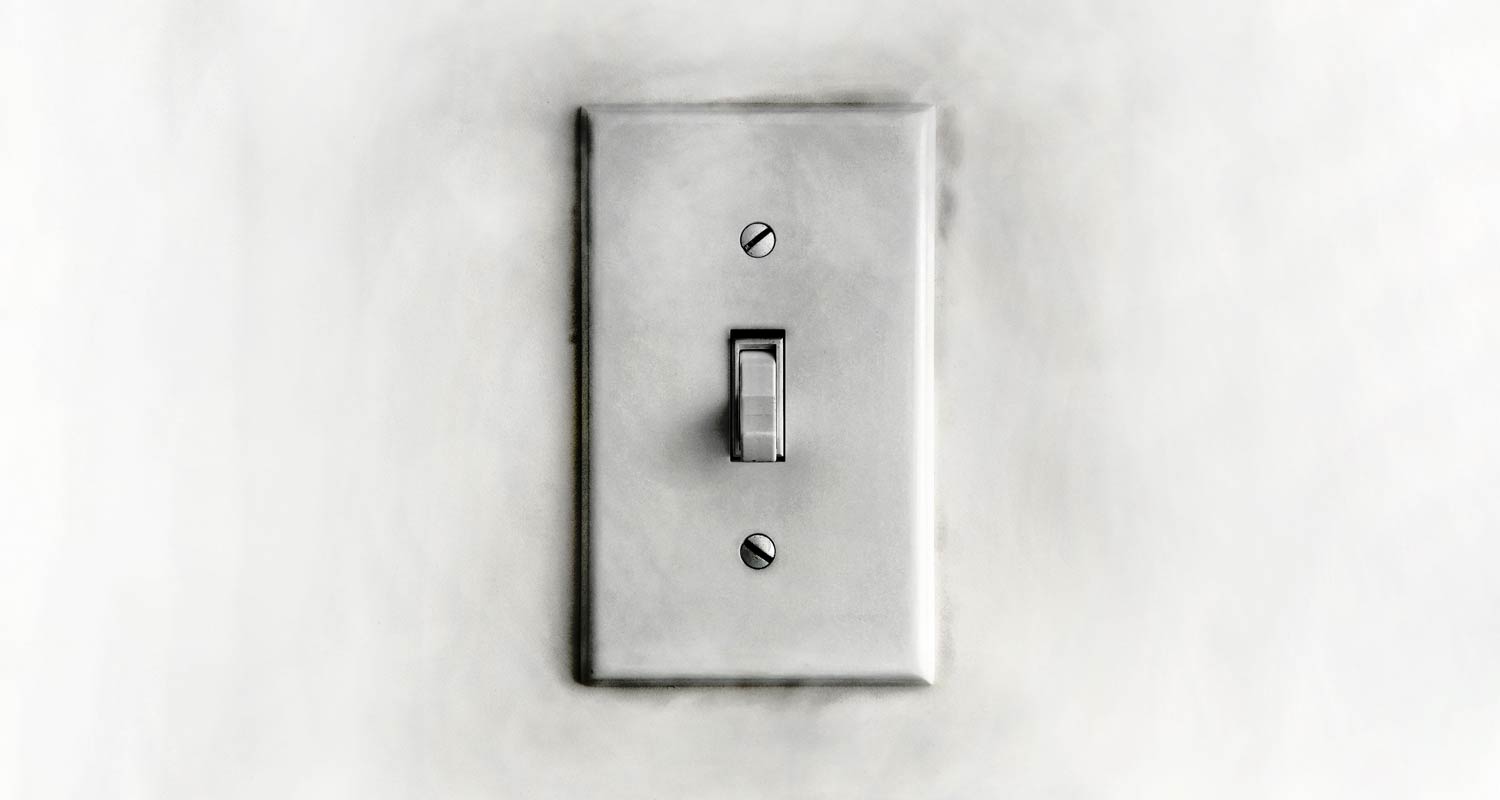 Eskom’s interim results for the six months to end-September 2023 show a power utility in deep crisis, with debt spiralling and its operational performance sagging.
Eskom’s interim results for the six months to end-September 2023 show a power utility in deep crisis, with debt spiralling and its operational performance sagging.
The state-owned electricity monopoly said municipal debt has surged in the past six months, from R58.5-billion at the end of March to R70-billion, while its energy availability factor (EAF) – which has a direct bearing on the intensity of load shedding – fell markedly, from 58.7% a year ago to 55.3%.
The utility’s debt also continues to balloon, with its gross debt securities and borrowings climbing from R423.9-billion to R442.7-billion
“Plant availability has continued to decline, resulting in more frequent load shedding at higher stages on average than in the previous year, requiring stage-6 load shedding on 47 days,” it said. “Furthermore, we have continued to experience the adverse effects of these generation supply constraints on financial performance, mostly due to the reliance on expensive production from … open-cycle gas turbines. This situation will continue until Eskom’s plant availability improves to expected levels and South Africa’s generation capacity shortages are alleviated.”
Eskom said it made a net profit after tax in the latest six-month period of R1.6-billion, down from R3.8-billion in the same period a year ago.
“Earnings before interest, tax, depreciation and amortisation, and profitability, were negatively affected by the impact of load curtailment and load shedding on revenue through lower sales volumes because of unserved energy,” it said.
Under pressure
“Furthermore, production costs did not reduce in proportion to the decline in sales volumes and revenue, largely due to reliance on more expensive sources of production such as open-cycle gas turbines to reduce the impact of load shedding.”
Revenue climbed by 9.5% to reach R158.6-billion. However, the favourable impact of a regulated tariff increase, implemented from 1 April, was partially offset by a decline in sales volumes, which Eskom blamed largely on supply constraints and consumers and businesses seeking alternatives such as solar.
“Sales volumes would have declined further without the increased use of open-cycle gas turbines to minimise load shedding,” the company said.
Read: Eskom report admits to significant failings
“We experienced a decline in sales across every major customer category, apart from the mining sector that saw increased demand arising from higher production due to favourable commodity prices. Ongoing risks for sales volumes include continued generation supply constraints, the impact of embedded self-generation, as well as theft through illegal connections, meter tampering and ghost vending, which are recognised as non-technical losses.”
 Eskom said it spent R18-billion on gas turbines in the six-month period to produce 2.9TWh of electricity. Employee costs jumped from R16.2-billion a year ago to R17.4-billion, due largely to salary increases. “This was necessary to support Eskom’s operational stability following the protracted dispute with organised labour, which led to industrial action and widespread disruption of our operations in the prior year.”
Eskom said it spent R18-billion on gas turbines in the six-month period to produce 2.9TWh of electricity. Employee costs jumped from R16.2-billion a year ago to R17.4-billion, due largely to salary increases. “This was necessary to support Eskom’s operational stability following the protracted dispute with organised labour, which led to industrial action and widespread disruption of our operations in the prior year.”
It said government has agreed to R78-billion in “debt relief” for the 2024 financial year, of which R16-billion was received in August, R20-billion in October and R5-billion in December, with the rest to flow by financial year-end.
Read: The immense challenges facing Eskom’s new CEO
“Government’s debt relief solution will go a long way towards improving financial sustainability and liquidity in the short to medium term, the impact of which we have already seen in recent ratings upgrades. We are focused on ensuring compliance with the conditions to ensure that the support, which will initially come in the form of a subordinated loan subject to market interest rates, is converted to equity, to realise the full benefit thereof. – © 2023 NewsCentral Media




